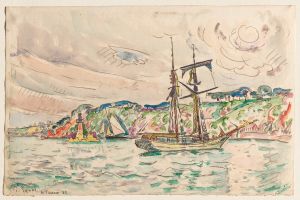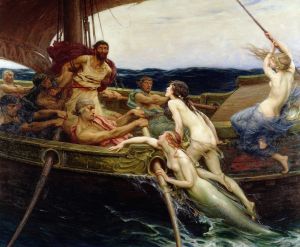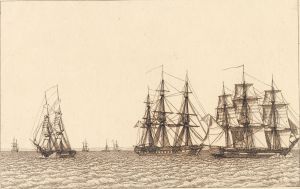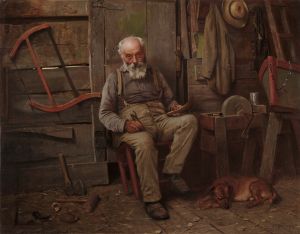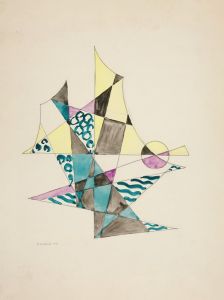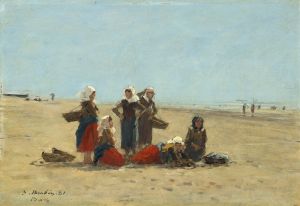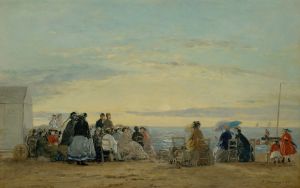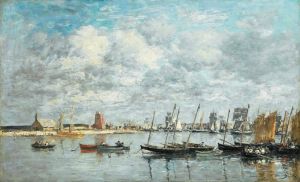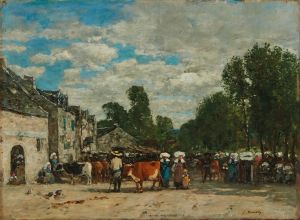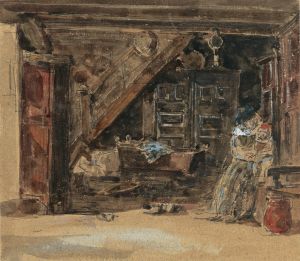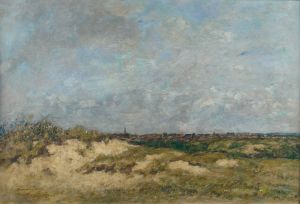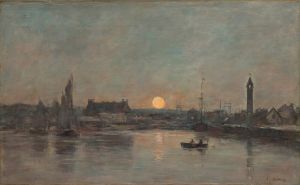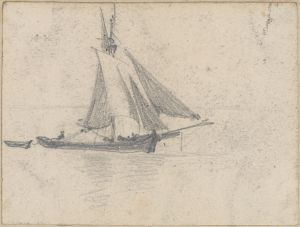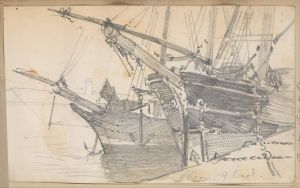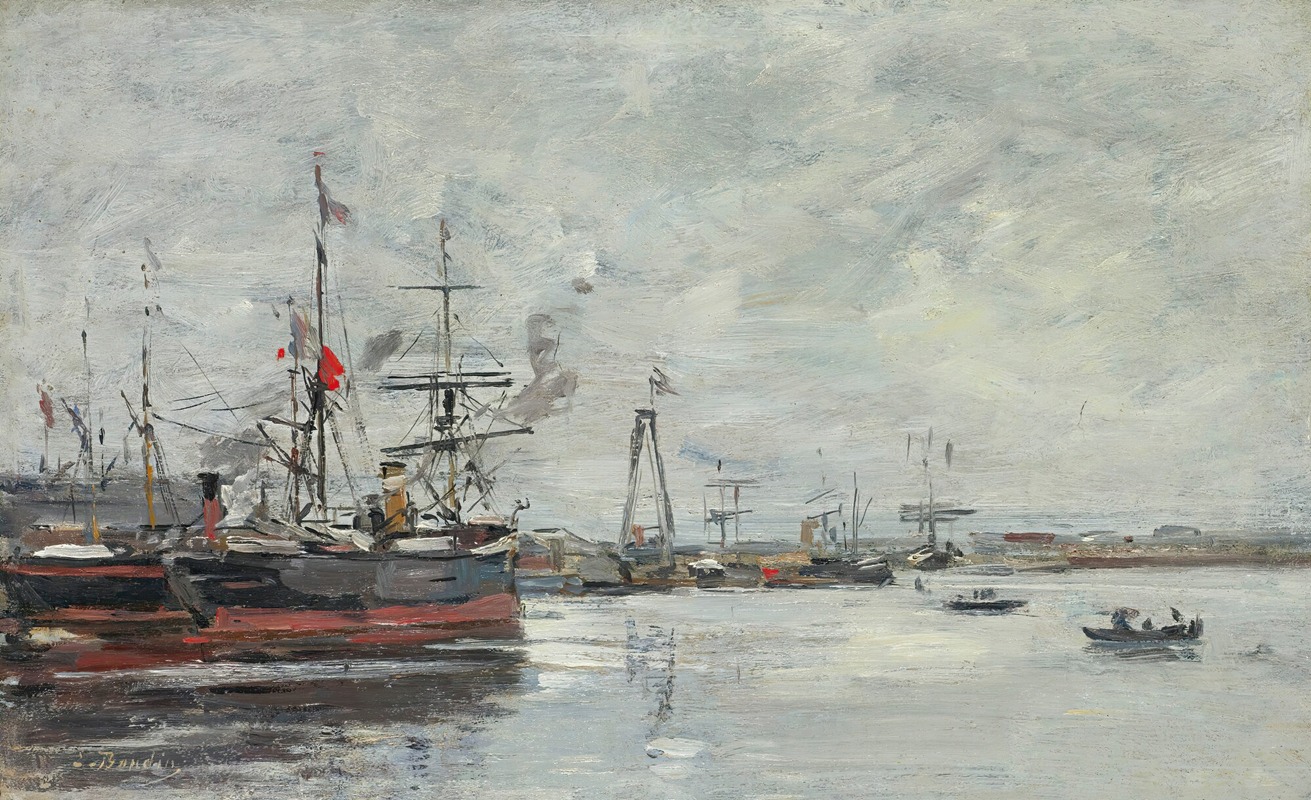
Le Havre. Le Port
A hand-painted replica of Eugène Boudin’s masterpiece Le Havre. Le Port, meticulously crafted by professional artists to capture the true essence of the original. Each piece is created with museum-quality canvas and rare mineral pigments, carefully painted by experienced artists with delicate brushstrokes and rich, layered colors to perfectly recreate the texture of the original artwork. Unlike machine-printed reproductions, this hand-painted version brings the painting to life, infused with the artist’s emotions and skill in every stroke. Whether for personal collection or home decoration, it instantly elevates the artistic atmosphere of any space.
"Le Havre. Le Port" is a painting by the French artist Eugène Boudin, created in 1887. Boudin is renowned for his seascapes and is often considered one of the precursors to the Impressionist movement. His works are characterized by their vibrant depiction of light and atmosphere, capturing the essence of the natural world.
Eugène Boudin was born on July 12, 1824, in Honfleur, a port town in Normandy, France. He began his career as a stationery dealer but soon turned to painting, influenced by artists such as Jean-François Millet and the Dutch masters. Boudin's early exposure to the sea and the coastal environment of Normandy profoundly influenced his artistic focus.
"Le Havre. Le Port" depicts the bustling port of Le Havre, a significant maritime city in Normandy. The painting showcases Boudin's skill in rendering the interplay of light and water, a hallmark of his style. The port of Le Havre was an important hub for trade and commerce during the 19th century, and Boudin's painting captures the dynamic activity and the ever-changing skies above the harbor.
In this work, Boudin employs a loose, fluid brushwork that conveys the movement of the water and the atmosphere. The composition is balanced, with the horizon line dividing the canvas, allowing the viewer's eye to travel between the sky and the sea. The boats and ships are depicted with a sense of immediacy, reflecting the transient nature of the scene.
Boudin's use of color is particularly noteworthy in "Le Havre. Le Port." He employs a palette of soft blues, grays, and whites to depict the sky and water, while the boats and buildings are rendered in warmer tones. This contrast enhances the luminosity of the scene and creates a sense of depth and space.
Throughout his career, Boudin was dedicated to painting en plein air, or outdoors, which allowed him to capture the fleeting effects of light and weather with great accuracy. This approach was later adopted by the Impressionists, who admired Boudin's ability to convey the atmosphere of a scene.
"Le Havre. Le Port" is a testament to Boudin's mastery of marine painting and his ability to evoke the spirit of a place. The painting is part of the collection at the Musée d'Orsay in Paris, which houses many of Boudin's works, along with those of other prominent artists of the 19th century.
Eugène Boudin's influence on the development of Impressionism cannot be overstated. His dedication to capturing the natural world with immediacy and sensitivity paved the way for artists like Claude Monet, who considered Boudin a mentor and a significant influence on his own work.
In summary, "Le Havre. Le Port" by Eugène Boudin is a remarkable example of 19th-century marine painting, showcasing the artist's skill in capturing the transient beauty of the natural world. Through his innovative use of light, color, and composition, Boudin created a work that continues to resonate with viewers and holds an important place in the history of art.





